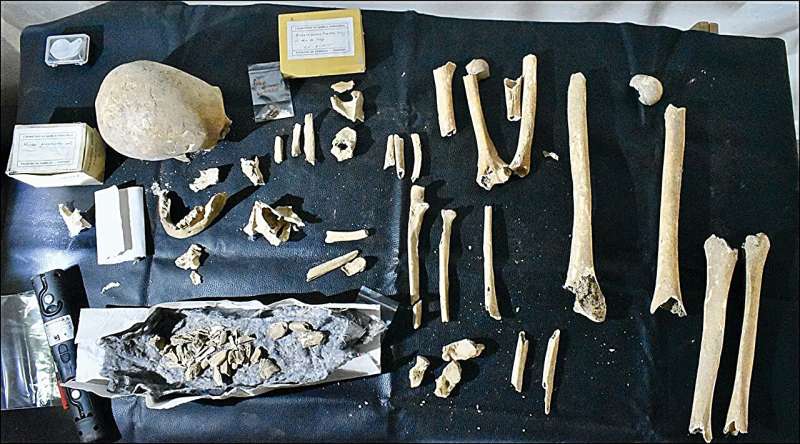
Until recently, Bishop Teodomiro was a somewhat obscure figure, despite being crucial to the pilgrimage to Santiago de Compostela. Recent research has shed new light on his identity through an extensive analysis of his potential remains using cutting-edge techniques. This study is detailed in the journal Antiquity.
Between 820 and 830 CE, a hermit named Pelayo observed a shower of stars falling over a field and discovered an ancient mausoleum. He informed Bishop Teodomiro of Iria-Flavia (Padrón, Spain), who, after three days of meditation and fasting, claimed the mausoleum held the remains of St. James and two of his disciples.
This claim was communicated to King Alfonso II of Asturias, who commissioned a small church to be built around the tomb. This event initiated the legend of St. James' tomb, which, recorded in the 12th century, led to the Jacobean phenomenon that attracts millions of pilgrims to the Santiago de Compostela Cathedral in Galicia, Spain.
Though significant, Bishop Teodomiro's existence was debated until the late 20th century, when a tombstone marking his death in 847 CE was found in Santiago de Compostela Cathedral. Beneath it, remains were initially identified as an elderly male, but later reexamination in the mid-1980s suggested they might belong to a woman, raising questions about their connection to the bishop.
An international research team led by Patxi Pérez Ramallo from the Norwegian University of Science and Technology, in collaboration with the Max Planck Institute of Geoanthropology and the University of Stockholm, reexamined the remains using osteological, stable isotope, radiocarbon, and ancient DNA analyses.
The latest osteological analysis confirmed the remains belonged to an adult male, likely over 45 years old. Isotope analysis showed a diet rich in both marine and terrestrial sources, somewhat unusual for Christian monks of that period, who had specific dietary rules. This mixed diet might reflect local traditions or religious practices.
Radiocarbon dating placed the remains between 673 and 820 cal CE, consistent with the 847 CE death, especially considering the marine protein in the diet. Stable oxygen isotope analysis suggested the individual lived near the coast, aligning with the location of Iria-Flavia. Genetic studies indicated that the remains showed a genetic profile similar to ancient Iberians, Visigoths, and Iberian Islamic populations, consistent with someone from Spain 1,200 years ago.
These findings also support earlier studies on migration patterns in response to the Umayyad Caliphate's conquest of the Iberian Peninsula. Although confirming the identity of someone from 1,200 years ago is challenging, this study provides evidence suggesting that the remains could indeed belong to Bishop Teodomiro, potentially making them one of the oldest identified historical figures in Spain and among the oldest in Europe.

:max_bytes(150000):strip_icc():format(webp)/alec-baldwin-torino-film-festival-121824-3cf7cfbe5c4f4bcbb9197de4de062ea6.jpg?strip=all&resize=370,370)
:max_bytes(150000):strip_icc():format(webp)/Jimmy-Fallon-and-Prince-Harry-092624-baa1362d743d4f39a7d60bf57eb6e8b2.jpg?strip=all&resize=370,370)
:max_bytes(150000):strip_icc():format(webp)/randy-moss-121324-40b858c71b0f40bfa399e2fe00152b2a.jpg?strip=all&resize=370,370)
:max_bytes(150000):strip_icc():format(webp)/scandal-kerry-washington-121824-c51a2b5f0ef741268474bec2498c285a.jpg?strip=all&resize=370,370)
